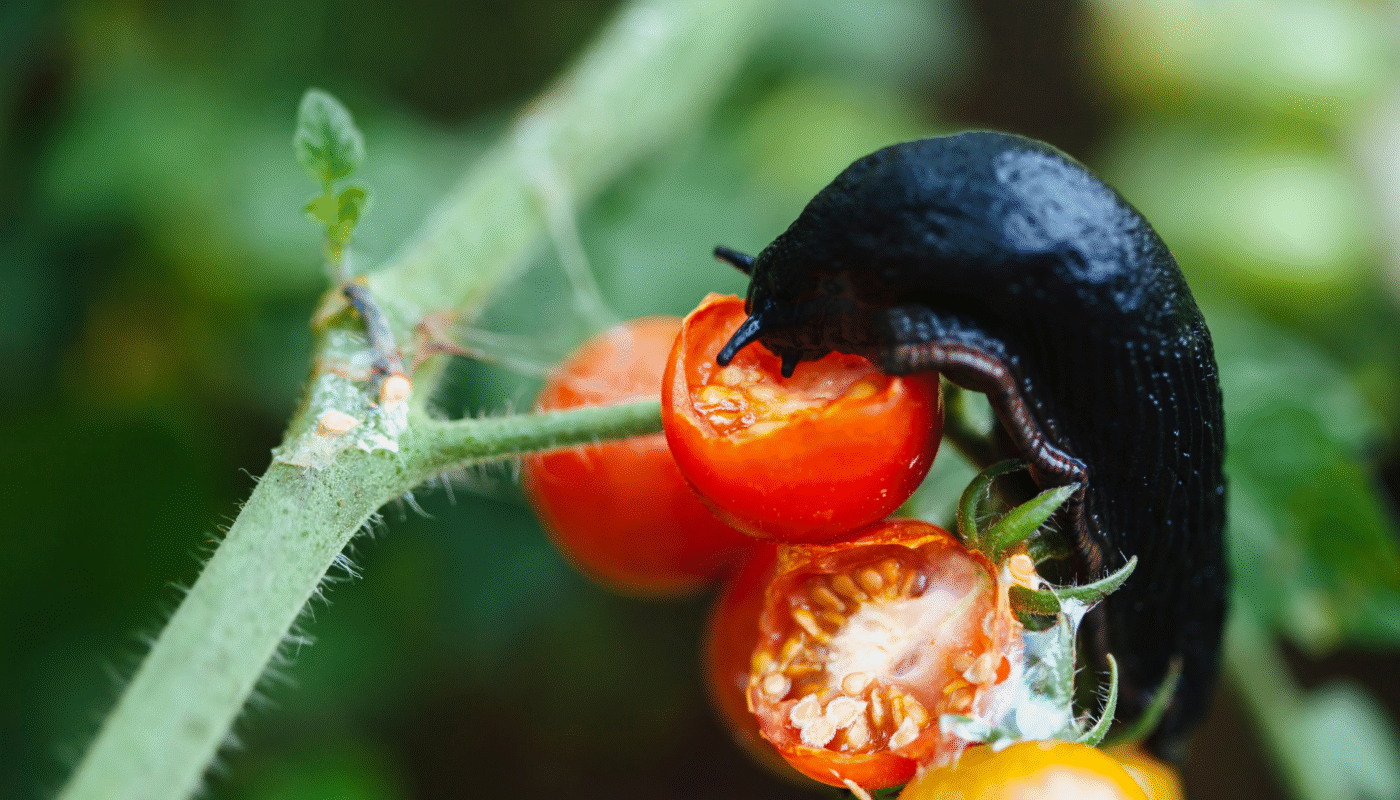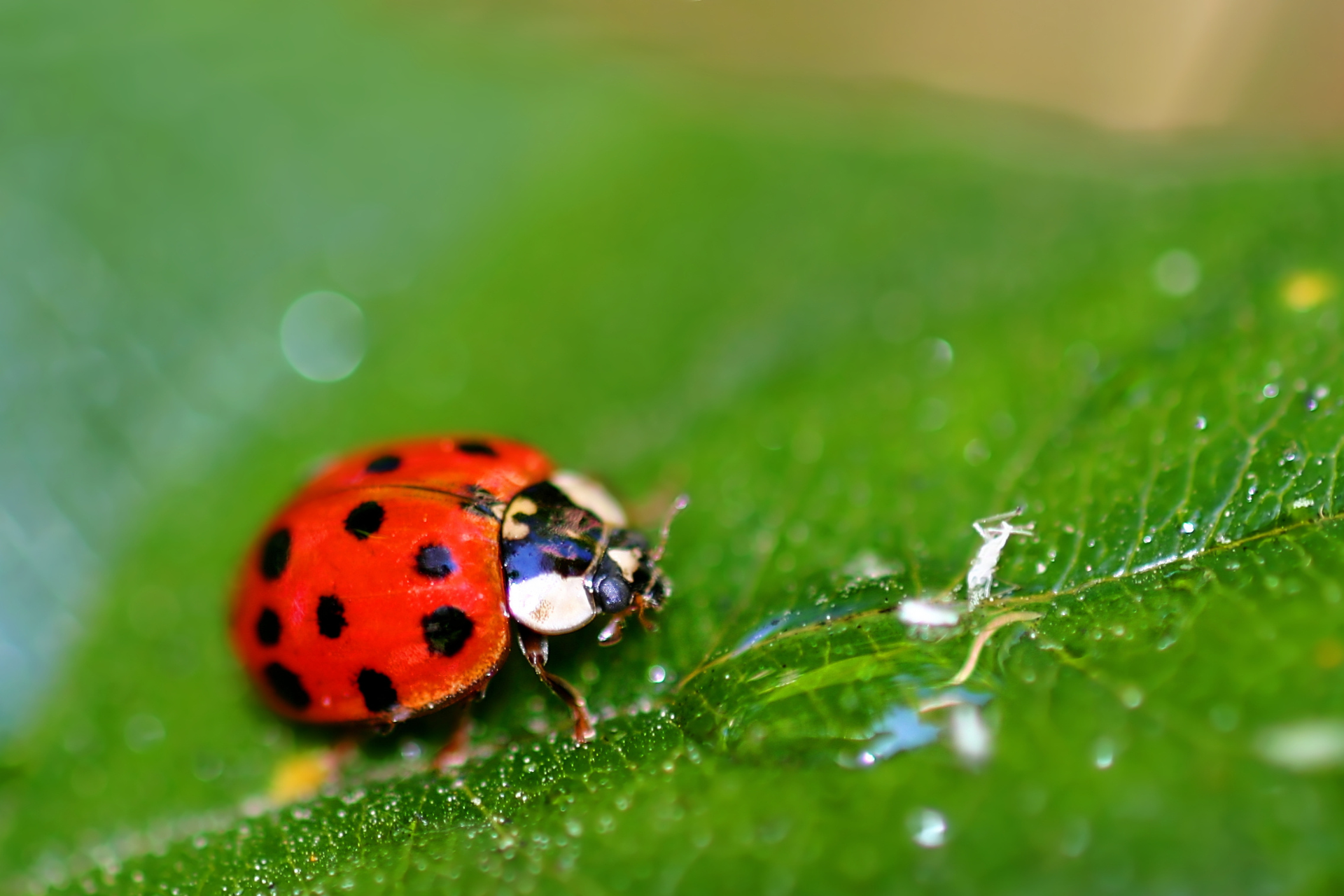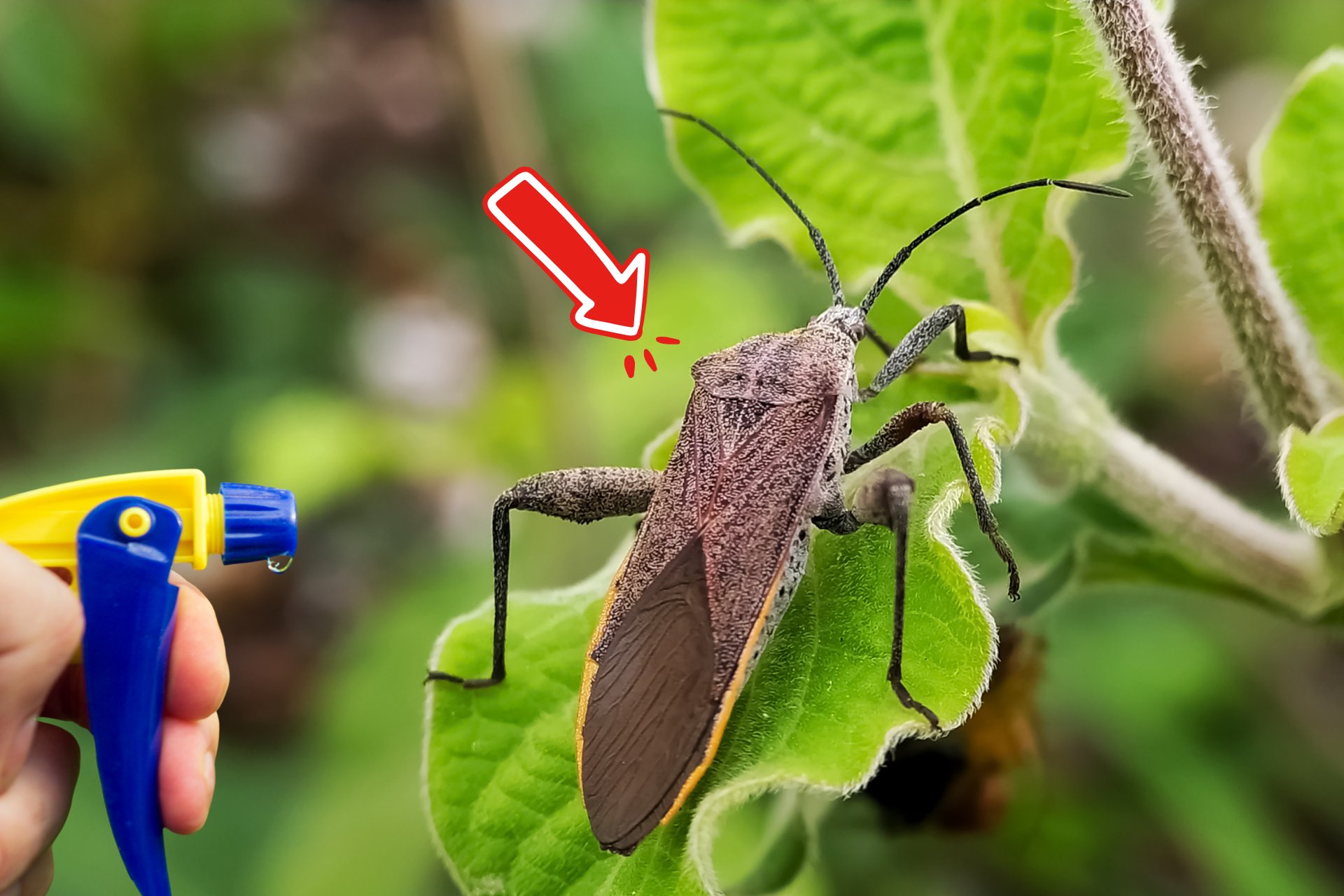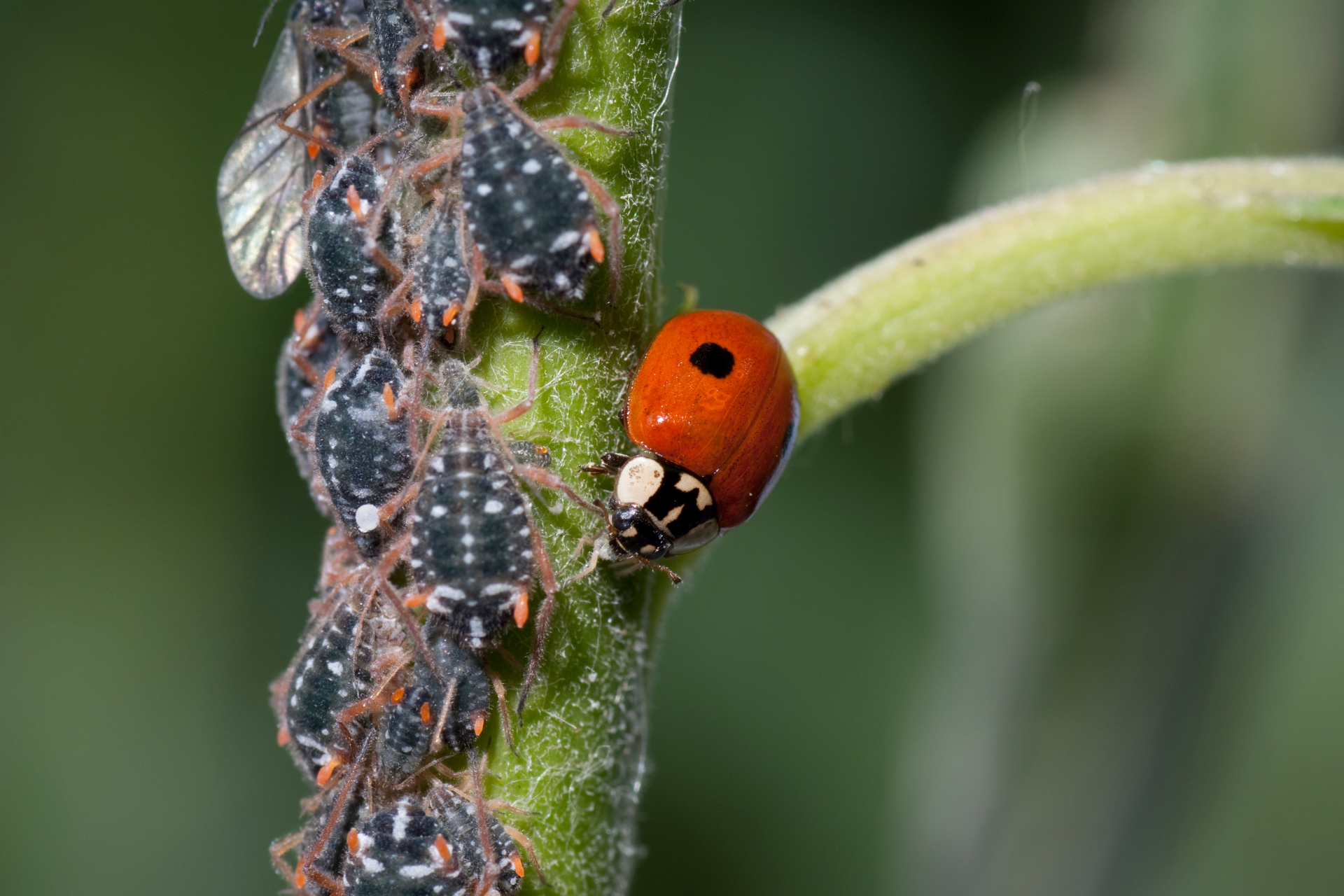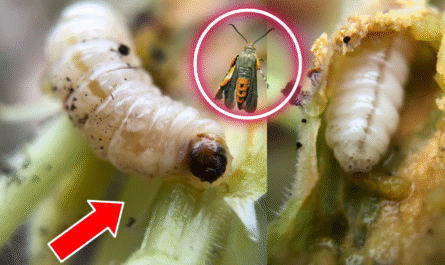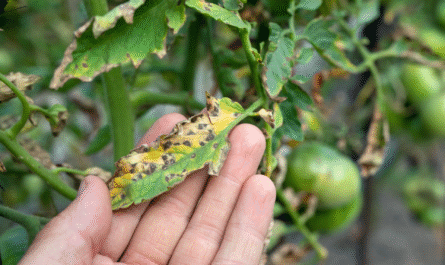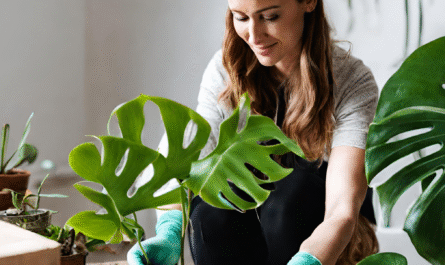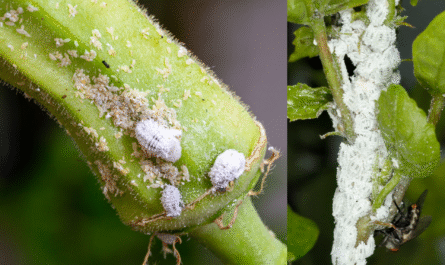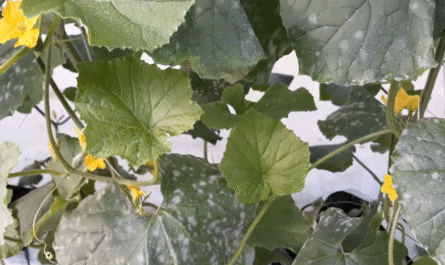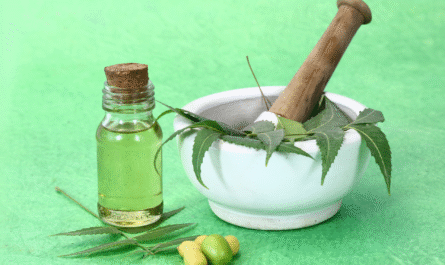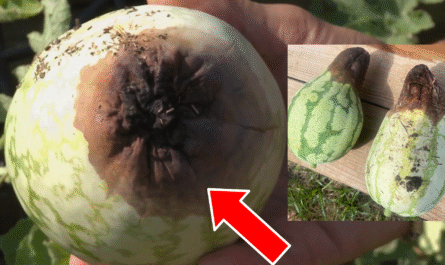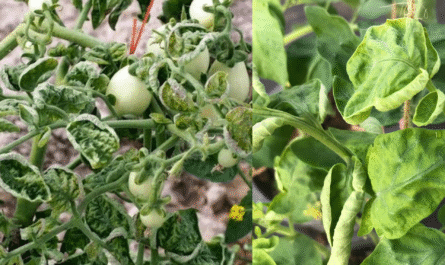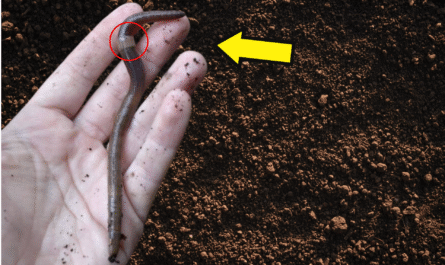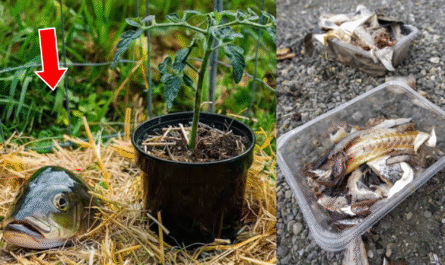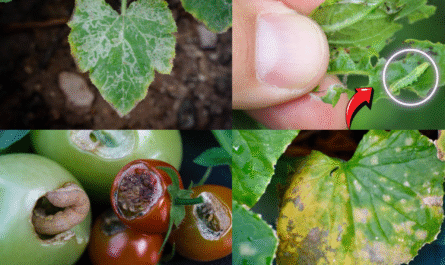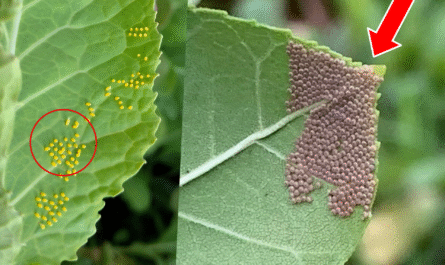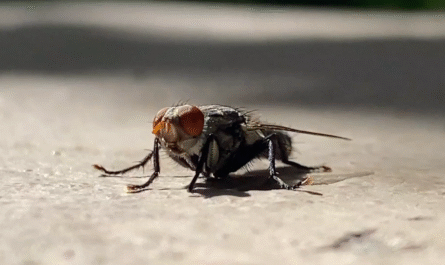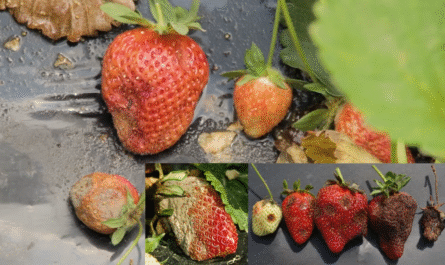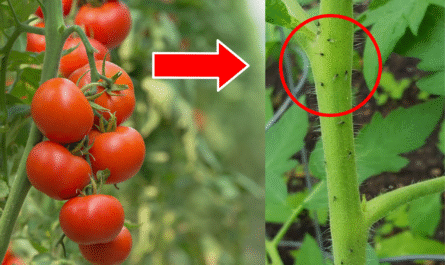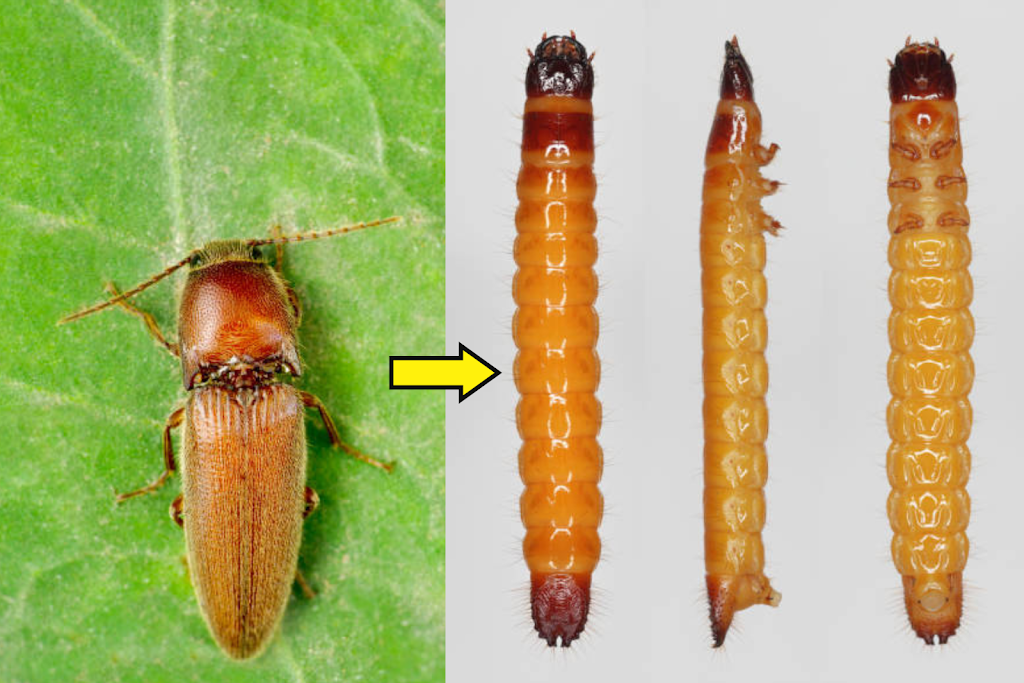As someone who’s been elbow-deep in soil and watching vegetables thrive (or struggle) season after season, I’ve learned that keeping pests out naturally is not just possible, it’s preferable. Chemical pesticides might offer a quick fix, but they often do more harm than good. Over the years, I’ve tested, tweaked, and perfected natural methods that work without compromising the health of my plants, my soil, or the ecosystem I depend on.
If you’re tired of seeing your hard work devoured by bugs and critters, here are the nine natural strategies I rely on to keep pests out of my vegetable garden for good.
1. Companion Planting
Companion planting is one of the oldest tricks in the gardener’s playbook, and for good reason, it works. Certain plants naturally repel pests through their scent, chemical makeup, or even by acting as decoys. I often plant marigolds around my tomatoes and beans because their pungent scent helps keep aphids and nematodes at bay. Basil does wonders near tomatoes, too, both for flavor and as a mosquito and whitefly repellent.
I also pair carrots with onions or leeks to confuse carrot flies with the stronger aroma of alliums. Nasturtiums are another favorite. Not only do they repel aphids, whiteflies, and squash bugs, but they also serve as “trap crops,” drawing pests away from more valuable plants. The key is to study your vegetables’ enemies and then use their weaknesses against them by placing the right allies nearby.
This method takes a bit of planning and patience, but it strengthens your garden’s biodiversity and resilience over time. Plus, it makes for a beautiful, diverse plot that’s alive with purpose.
Also Read: Why Are My Tomato Leaves Curling? Here’s What Experts Have to Say
2. Physical Barriers: Row Covers, Collars, and Netting
Sometimes, the simplest solution is the most effective, just block pests from getting to your plants in the first place. I use floating row covers on leafy greens like spinach, lettuce, and kale during the peak pest seasons. These lightweight fabrics let in air, light, and water but keep out cabbage moths, flea beetles, and aphids.
For seedlings and young plants, I place cardboard or plastic collars around the base to deter cutworms. These little devils often hide in the soil and chew through stems overnight. A basic collar pushed an inch into the soil does the trick.
When dealing with birds, squirrels, or larger insects, I opt for fine mesh netting. It’s especially useful for brassicas like broccoli and cabbage. Just remember: if your crops need pollination, remove or lift these covers during flowering to give pollinators access.
3. Homemade Natural Sprays That Actually Work
I’ve experimented with dozens of homemade sprays over the years, and a few stand out as both safe and effective. One of my go-tos is a garlic and chili pepper spray. Blend a head of garlic with two hot peppers, steep in water overnight, then strain and mix with a teaspoon of dish soap. Spray it on plants to repel aphids, beetles, and even squirrels.
Neem oil is another powerhouse. It doesn’t just repel insects, it disrupts their life cycles. It’s especially good against sap-suckers like whiteflies, aphids, and spider mites. I always spray it early in the morning or at dusk to avoid harming pollinators and to reduce the risk of leaf burn.
For powdery mildew or fungal issues that attract bugs, I use a diluted milk spray (one part milk to nine parts water) on squash and cucumbers. It sounds odd, but it helps reduce fungal spores that create breeding grounds for pests.
4. Encouraging Beneficial Insects
Not all bugs are bad. In fact, some are your best allies in the garden. I always plant flowers like dill, fennel, alyssum, and yarrow to attract beneficial insects like ladybugs, lacewings, and parasitic wasps. These helpful predators feast on the very pests that would otherwise damage my crops.
One of the best garden moments I’ve had was watching a ladybug larva demolish a colony of aphids. That’s when I realized: why fight nature when you can let nature fight for you? I avoid using broad-spectrum insecticides, even natural ones, around areas where these good bugs roam.
Keeping a small “wild” zone in your garden with native plants, flowering herbs, and even a small water source helps build a sustainable habitat for beneficials. The more you support their presence, the less you’ll need to intervene yourself.
5. Crop Rotation
Every season, I rotate my crops, not just for soil health, but for pest management. Many pests and diseases are host-specific and will linger in the soil waiting for their favorite plant to come back. By switching crop families around each year, I throw them off their game.
For instance, I never follow tomatoes with peppers or eggplants (all nightshades). Instead, I’ll plant beans or leafy greens in those beds to confuse soil-dwelling insects and reduce the buildup of pathogens. I map out my beds at the end of each season and plan the next rotation accordingly.
It’s not just a preventative measure, it’s essential if you want to avoid long-term problems. Over time, this practice reduces dependency on sprays and interventions altogether.
6. Diatomaceous Earth
Diatomaceous earth (DE) is one of my favorite secret weapons. Made from fossilized algae, it’s a fine powder that physically damages insects’ exoskeletons, causing them to dehydrate and die. I sprinkle it around the base of plants, especially in areas where slugs, ants, or beetles are a problem.
It’s not a poison, so it doesn’t affect beneficial insects unless they crawl through it directly. For that reason, I’m careful to apply DE in narrow, targeted bands and avoid areas where bees or butterflies frequent. I also reapply after rain or heavy watering, as it washes away easily.
Because it works mechanically, there’s no risk of resistance building up in the pest population. Just remember to wear a mask when applying, it’s natural, but the fine particles can irritate your lungs.
7. Healthy Soil Equals Healthy Plants
Here’s the honest truth: pests love weak plants. The stronger your veggies, the less appealing they are to most insects. That’s why I focus as much energy on building my soil as I do on planting or pest control. Compost, worm castings, and aged manure go into my garden beds every season.
I test my soil annually and amend based on what’s missing. Calcium, magnesium, and trace minerals make a big difference in plant vigor. When plants have the nutrients they need, their natural defenses kick in, thicker leaves, stronger stems, and even chemical signals that deter bugs.
Healthy soil also supports microbial life that boosts plant immunity. I avoid tilling as much as possible to protect that soil structure. It might not be as flashy as sprays or gadgets, but good soil is your garden’s frontline defense.
8. Mulching
Mulch does more than conserve moisture, it helps control pests. I use organic mulches like straw, shredded leaves, or wood chips to create a barrier between soil-dwelling insects and my plants. It blocks sunlight from weed seeds and limits the movement of pests like cutworms, beetles, and squash bugs.
I’ve also found that certain mulches, like cedar or pine, can help deter specific insects due to their natural oils. For extra pest resistance, I sometimes sprinkle a bit of DE under the mulch layer near the base of vulnerable plants.
Mulching also supports beneficial organisms in the soil, keeping your garden’s mini-ecosystem humming. Just don’t let mulch touch the stems or leaves directly, as that can create too much moisture and lead to rot or fungal issues.
9. Consistent Monitoring and Maintenance
No matter how many tactics you use, vigilance is key. I walk my garden daily, coffee in hand, and inspect my plants for signs of trouble: chewed leaves, discolored spots, or insect eggs. Early intervention is always easier and more effective than waiting for a full-blown invasion.
I also prune away damaged or diseased growth immediately. Dead or decaying plant matter is a magnet for pests. Keeping your garden tidy, clearing weeds, and sanitizing tools regularly helps break pest life cycles and stop cross-contamination.
This kind of hands-on care might seem tedious, but it becomes second nature. The payoff? A healthier garden, fewer pest issues, and better harvests, all without resorting to chemicals.
Final Thought
A pest-free vegetable garden isn’t about nuking every insect in sight, it’s about working with nature to create balance. These natural methods aren’t just safer, they’re smarter. They build long-term resilience, protect pollinators, and help your vegetables thrive in harmony with the environment.
Once you start seeing your garden as an ecosystem instead of a battlefield, everything changes. Pests lose their power, and your harvests become more abundant—and more rewarding, than ever before.
FAQs
Yes, oils like peppermint, rosemary, and clove can repel certain pests when diluted properly. Always spot-test before wide application. Plant dill, fennel, marigolds, and yarrow. Avoid spraying broad-spectrum insecticides that might kill them. Yes. Onions, garlic, and herbs like thyme and sage naturally repel many insects. Interplanting them can help protect neighboring crops. Straw, shredded leaves, and untreated wood chips are safe, effective, and beneficial for soil health. Avoid dyed or chemically treated mulches. Can I use essential oils for pest control in my vegetable garden?
What’s the best way to attract ladybugs to my garden?
Are there vegetables that naturally repel pests?
What’s the safest mulch to use around edible plants?

